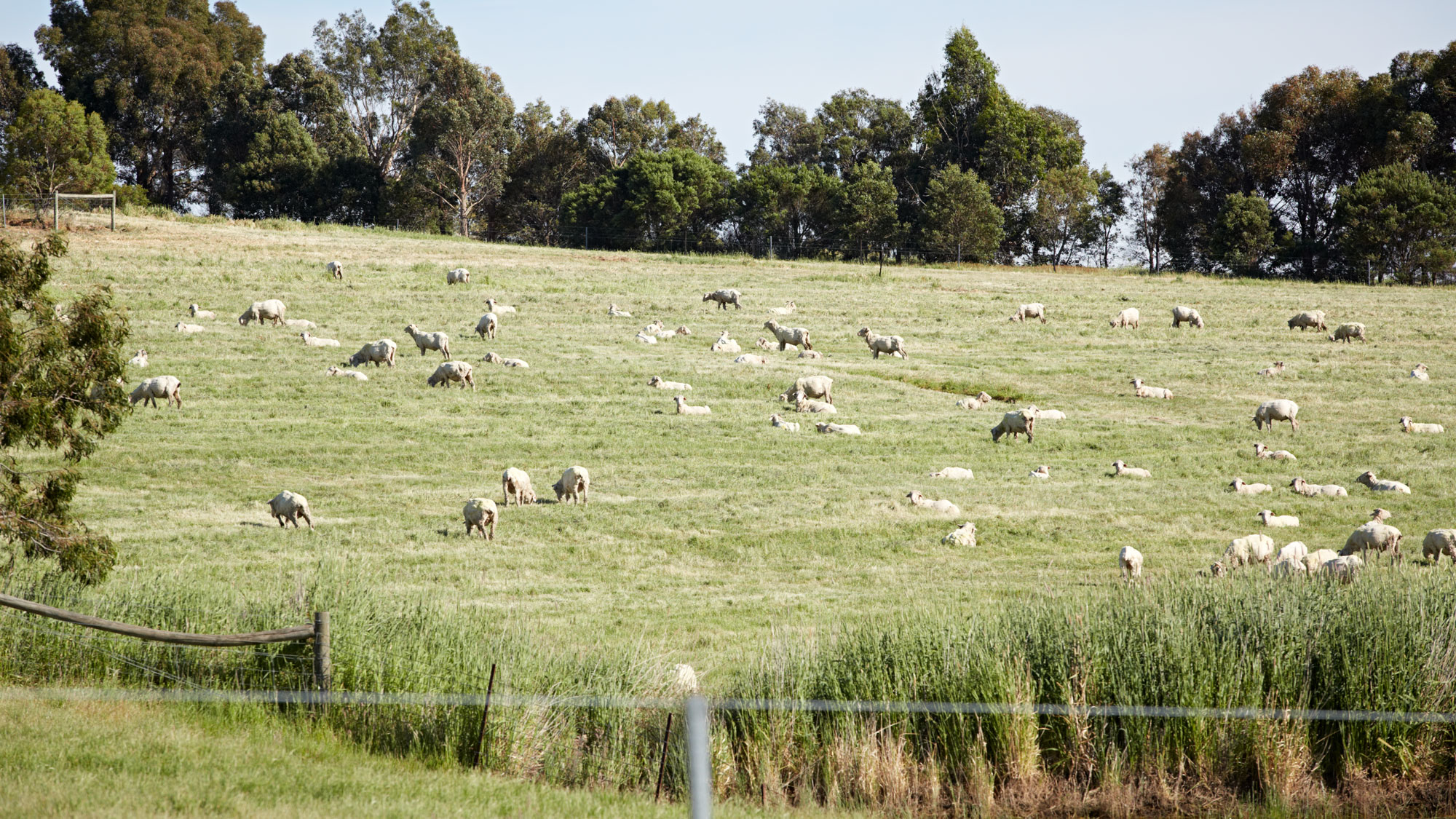Chapter 11.4 Manage sporadic outbreaks of diseases
Background information
Having a plan to manage sporadic outbreaks of diseases or health problems is critical. Sheep producers should be able to recognise problems early and take corrective action to prevent welfare issues and production losses.
At a glance
- Complete a risk assessment of diseases likely to occur in your locality.
- Monitor your flock for disease and health problems.
- Act quickly to prevent production losses and welfare problems from sporadic outbreaks of diseases.
- Seek professional help in managing diseases and health problems on-farm.
Recognise, investigate and take early action on poor sheep health or deaths
Recognise common diseases and know how to treat and manage them. See tool 11.16 for a list of common sheep diseases. Early recognition is crucial for minimising production and economic losses from sporadic disease problems. Ask your local veterinarian or sheep health advisor for advice in developing a list local to your area.
Record disease problems, deaths, and where sheep fail to meet production targets. Records include class of stock, area of farm affected, animal treatments, pasture assessment, stock condition score and grazing management.
Set trigger points for action to avoid delays in investigation and remedial treatment. Take action when:
- The tail in a mob increases.
- You observe abnormal behaviour (staggering, standing alone, etc.).
- Symptoms of disease (lameness, scouring, coughing, etc.) appear.
- Feedback from abattoirs indicates a disease problem (liver fluke, cheesy gland).
- Sheep fail to achieve expected production targets.
As a benchmark, investigate any mobs when there is more than one death or diseased sheep within any 2–3 day period.
If an unexplained disease occurs seek professional advice from your veterinarian or sheep health advisor. If an exotic disease is suspected contact your veterinarian, state department of primary industries, or dial the Emergency Animal Disease Watch hotline on 1800 675 888.
Some sheep diseases infect humans
Some common sheep diseases are transmissible to people (zoonoses). These include Q-fever, campylobacteriosis, scabby mouth, yersiniosis, salmonellosis, listeriosis, anthrax and hydatids (via dogs). Conduct a risk assessment for people likely to come in contact with sheep that may have any of these diseases. Tool 11.7 presents the common signs in people.
Toxic plants and noxious weeds
Some plants may be toxic or affect livestock performance. Even desirable pasture species, such as phalaris (phalaris poisoning and staggers), perennial ryegrass (perennial ryegrass staggers) and annual ryegrass (annual ryegrass toxicity) can be toxic or have harmful effects.
Be aware of plants that can be toxic to sheep in your area. Consult your veterinarian, agronomist or sheep advisor to help identify dangerous plants and develop a risk management plan in the face of an outbreak.
SIGNPOSTS
READ
Information on prevention, diagnosis, treatment and management of ARGT.
USE
Allows users to search by species, disease or syndrome to instantly access veterinary advice.
Allows users to search by species, disease or syndrome to instantly access veterinary advice. Can be accessed online or is available as an app for both iOS and Android.
Allows users to search by species, disease or syndrome to instantly access veterinary advice. Can be accessed online or is available as an app for both iOS and Android.






